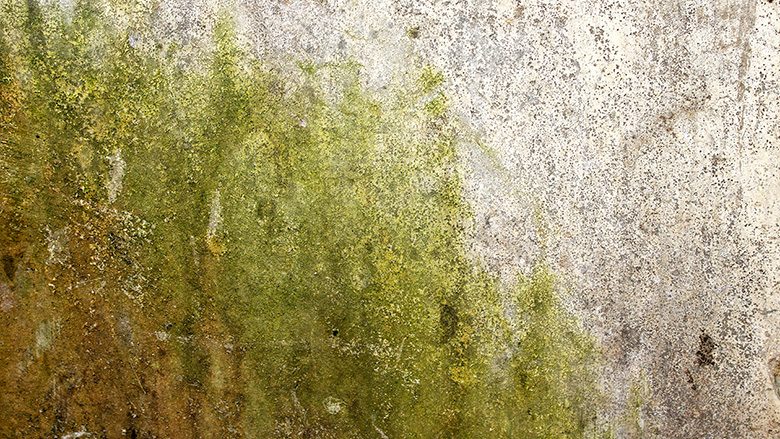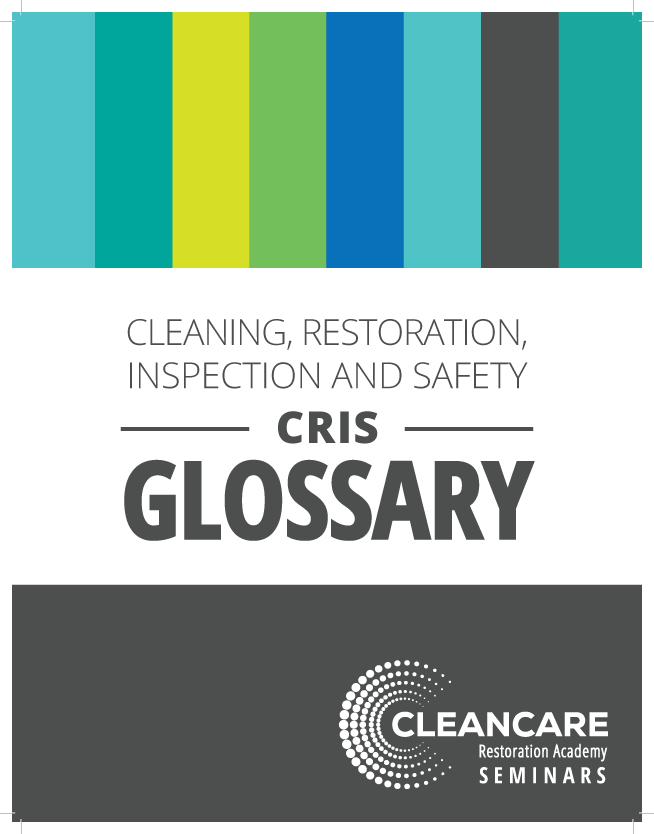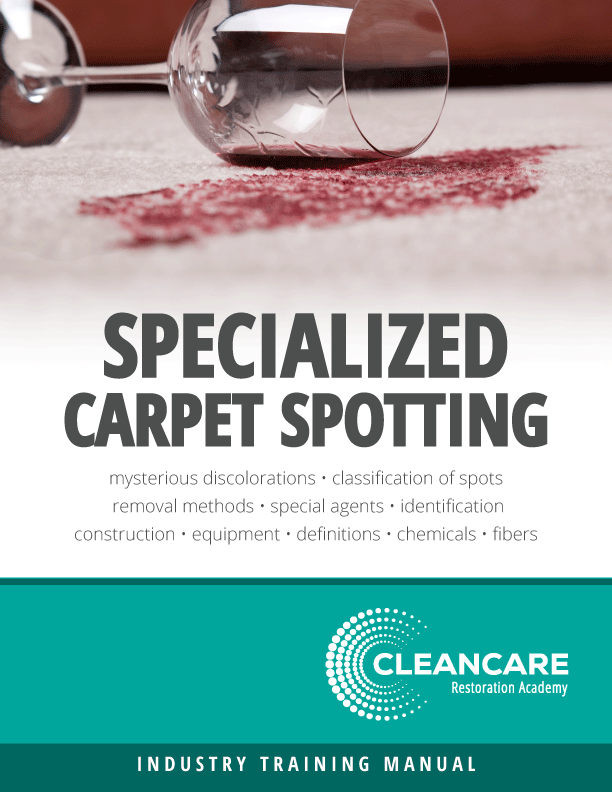Radon: Sources, Testing Parameters, and Mitigation Strategies in the United States

Photo credit: Francesco Scatena / iStock / Getty Images
Disclaimer: The following is not intended to be a user’s guide or exhaustive explanation of the subject matter. Radon, industrial hygiene sampling, and mitigation are complex subjects, best handled by professionals with sufficient education and training.
Radon, a radioactive, noble gas and well-documented human carcinogen, presents a significant health hazard as the second leading cause of lung cancer resulting in an estimated 21,000 deaths each year in the United States alone (American Lung Association, 2024). This invisible, odorless, tasteless, gas permeates homes and buildings through foundation cracks and other planned and non-planned openings. Due to the serious health implications of radon exposure, understanding radon sources, testing methodologies and mitigation strategies is critical for restoration professionals.
Sources of Radon in Soil
In the U.S., radon concentration in soil varies widely due to geological differences. Radon typically originates from soils rich in uranium and radium. These elements are found naturally occurring predominantly in certain geological formations such as granite, phosphate, shale, and pitchblende (U.S. Geological Survey, n.d.).
Geology, Soil Composition, and Decay: The primary source of radon is the decay of uranium and thorium, which occurs in varying quantities in different soil and rock types (Stanley et al., 2019). Uranium decays into radium and then into radon forming different isotopes such as radon-222 and radon-220 (Stanley et al., 2019). An isotope is an atom with an unequal number of protons and neutrons. The number of protons remains the same; however, when an atom gains or loses a neutron, it becomes an isotope. In radon-222 and radon-220, each atom has gained neutrons making it an isotope. On the periodic table of elements, radon is element 86 meaning that it has 86 protons. The mass of an atom is due primarily to the number of protons and neutrons contained in the nucleus. For example, an isotope of radon-222 has 86 protons, and 136 neutrons giving it a mass of 222; therefore, it is referred to as radon-222.
During the radioactive decay of radon-222, alpha, beta, and gamma radiation is emitted. These three types of radiation have differing levels of energy with gamma being the most energetic and having the potential to cause the most harm (EPA, 2023a). Radiation can cause ionization of biological systems and cause damage to DNA leading to mutations and potentially cancer (EPA, 2023a).
Soil Permeability: Radon migration through soil depends on soil permeability. Soil with high porosity, such as sand or rocky soil, allows radon to move more freely compared to dense soil such as clay.
Moisture Content: Moisture in soil can impede the migration of radon by filling the pores in soil thereby reducing its diffusion into the atmosphere or building foundations.
Alternative Sources of Radon
Apart from geological sources, radon can enter the indoor air through several sources such as the domestic water supply, radon-containing building materials, and household appliances that generate radon (Abed et al., 2024).
The Role of the Building Envelope
The building envelope can significantly influence indoor radon levels. Tight building envelopes, designed for energy efficiency, often have reduced ventilation, which can trap radon inside. Cracks in foundations, gaps around pipes, and construction joints are typical entry points for radon. Homes with basements or those built on slab foundations are particularly susceptible.
Testing Parameters for Radon
Effective radon testing is crucial for assessing potential risks. The Environmental Protection Agency (EPA) recommends testing all homes below the third floor, especially in radon-prone areas. There are currently 16 methods identified by the EPA for the detection and quantification of radon (National Radon Proficiency Program, 2024). Common tests such as the short-term and long-term or time integrated sampling are routinely conducted giving an average concentration of radon over time. Restorers should consider hiring a qualified industrial hygienist given the complexity of radon sampling and the potential health implications.
Short-term Testing: Historically short-term testing has been widely used in the U.S. This method involves the use of activated charcoal or electret ion detectors, typically left in place for 2-7 days. Ambient radon levels can fluctuate from day to day affecting the accuracy of a short-term test. Ventilation rates and temperature changes can dramatically affect ambient radon levels. Consequently, recent studies have shown short-term radon tests can be up to 96-99% inaccurate compared to long-term testing (Stanley et al., 2019).
Long-term Testing: Alpha track detectors or continuous radon monitors are used for long-term testing and can be used spanning 90 days to one year. Long-term tests provide a more accurate representation of average radon levels by mitigating short-term fluctuations.
Test Placement: For accurate results, the American National Standard Institute / American Association of Radon Scientists and Technologists / Measurement of Air in Homes (ANSI/AARST MAH 2019) protocol should be followed when testing for radon in residential settings. This standard can be purchased from the online ANSI web store. Test devices should be placed in the lowest occupied or livable area of the building, away from drafts, high humidity, and exterior walls. The ideal placement is at least 20 inches above the floor, in a centrally located room, at least three feet from the planned openings and at least one foot away from exterior walls. Samples should not be placed in rooms with a potential for high humidity such as bathrooms and laundry rooms. Special consideration should be given to the Heating Ventilation and Air Conditioning (HVAC) system of the building, such as how many units there are and the frequency of use (ANSI/AARST, 2019).
Mitigation Strategies
The American Society for Testing and Materials (ASTM) has created international standards to aid in radon mitigation. ASTM E1465 establishes options for the design and construction of residential buildings concerning radon control. ASTM E2121 addresses the installation of radon mitigation systems. When elevated radon levels are detected, implementing mitigation strategies is essential to reduce exposure. The EPA action level for radon is 4 picocuries per liter [pCi/L] (EPA, HUD, NIH, OSHA, 2015). There is currently no known safe level of radon exposure defined; therefore, the EPA recommends mitigation when radon is found at 2pCi/L or more (EPA, 2023b). The Occupational Safety and Health Administration (OSHA, 2021) regulation permissible exposure limit for radon is 100pCi/L for the 40-hour time weighted average. It is important to note that OSHA regulations apply to occupational exposure thus different testing parameters apply. Occupational exposure is an important parameter concerning radon, but it is not the focus of this article. The average ambient radon level is 1.25PCi/L indoors and approximately one in fifteen homes is estimated to have ambient radon levels above the EPA action level making radon a widespread health hazard of major concern. The EPA developed The National Radon Action Plan (TNRAP), a framework for reducing radon risk. The American Lung Association is currently leading this action plan. The TNRAP is one way that agencies are working to reduce risk and lower the incidence of radon mortality (EPA, 2024).
Radon Reduction Systems: Also known as, sub-slab depressurization, this method involves inserting a pipe or pipes through a building’s foundation to draw radon from beneath the home and exhausting it above the roofline. This technique is highly effective and commonly used in homes with basements or slab-on-grade foundations. Care must be taken to ensure that the radon is exhausted appropriately to avoid re-entrainment or being brought back into the building.
Sealing Cracks and Openings: While not sufficient as a standalone mitigation tactic, sealing foundation cracks and other openings reduces the inflow of radon and complements other mitigation techniques.
Ventilation: Increasing ventilation in crawl spaces and using heat recovery ventilators (HRVs) or energy recovery ventilators (ERVs) can help to dilute indoor ambient radon levels. In general, ventilation systems exchange indoor air with outdoor air, reducing radon concentration inside the home.
Pressurization: Active soil pressurization is achieved by using fans to create positive pressure in a building and can prevent radon from entering the home or reduce the amount of radon migration. The pressurization method is less common but can be effective in certain scenarios.
Conclusion
Radon is a ubiquitous and pervasive environmental hazard in the U.S., necessitating awareness and proactive management. Understanding the geological and alternative source variability of radon, coupled with effective testing and mitigation strategies, is vital for reducing health risks associated with this radioactive gas. Restoration professionals and industrial hygienists play a critical role in implementing these measures, ensuring homes and buildings remain safe from radon infiltration.
By prioritizing radon awareness, conducting accurate testing methods, and designing effective mitigation strategies, we can significantly reduce the associated health risks, fostering safer living environments nationwide.
References
Abed, T. K., Fayad, M. A., Al-Amiery, A. A., Abdul Wahhab, H. A., Mohammed, J. K., & Majdi, A. Sh. (2024). Radon gas emission from home appliances: Understanding sources, implications, and mitigation strategies. Results in Engineering, 22. https://doi.org.10.1016/j.rineng.2024.102133
American Association of Radon Scientists and Technologists, American National Standards Institute. (2019). Protocol for conducting measurements of radon and radon decay products in homes. AARST Consortium on National Radon Standards. https://standards.aarst.org/
American Lung Association. (2024, February 13). Radon.
https://www.lung.org/clean-air/indoor-air/indoor-air-pollutants/radon
Centers for Disease Control and Prevention. (2024, January 23). How radon gets into your home.
https://www.cdc.gov/radon/about/radon-home.html
National Radon Proficiency Program. (2024). Radon measurement methods.
https://nrpp.info/measurement-methods/
Occupational Safety and Health Administration. (2021, January 01). Radon. U.S. Department of Labor.
https://www.osha.gov/chemicaldata/883
Stanley, F. K. T., Irvin, J. L., Jacques, W. R., Salgia, S. R., Innes, D. G., Winquist, B. D., Torr, D., Brenner, D. R., & Goodarzi, A. A. (2019). Radon exposure is rising steadily within the modern North American residential environment, and is increasingly uniform across seasons. Scientific Reports, 9(18472). https://doi.org/10.1038/s41598-019-54891-8
United States Environmental Protection Agency. (2023a, July 18). Radiation basics.
United States Environmental Protection Agency. (2023b, July 6). What is EPA’s action level for radon and what does it mean?
United States Environmental Protection Agency. (2024, March 29). The national radon action plan – A strategy for saving lives.
https://www.epa.gov/radon/national-radon-action-plan-strategy-saving-lives
United States Environmental Protection Agency, U.S. Department of Housing and Urban Development, National Institute of Health Division of Technical Resources, Occupational Safety and Health Administration. (2015, June). Radon: Worker and employer guide to hazards and recommended controls.
https://www.hud.gov/sites/documents/IEPWG_RADONWORKER_FINAL.PDF
U.S. Geological Survey. What is radon? U.S. Department of the Interior. Retrieved June 2, 2024, from https://www.usgs.gov/faqs/what-radon
Looking for a reprint of this article?
From high-res PDFs to custom plaques, order your copy today!









